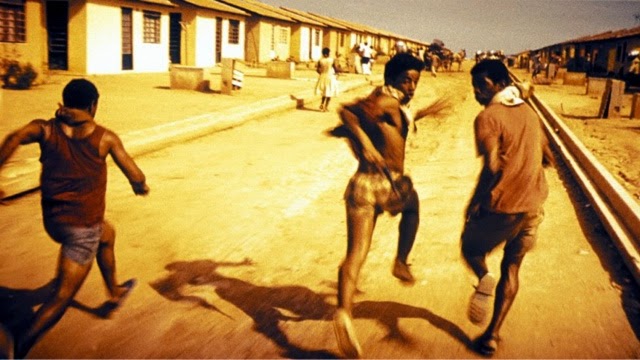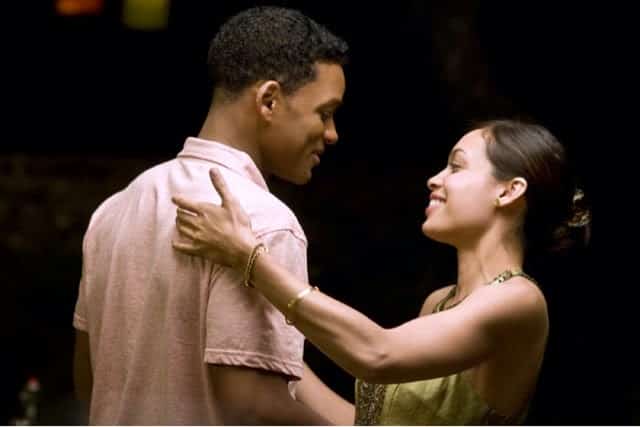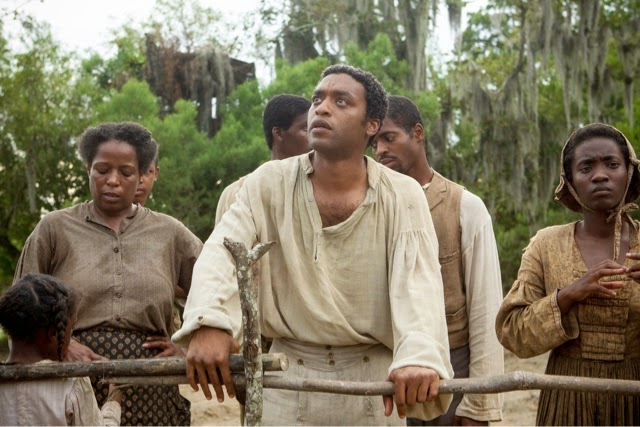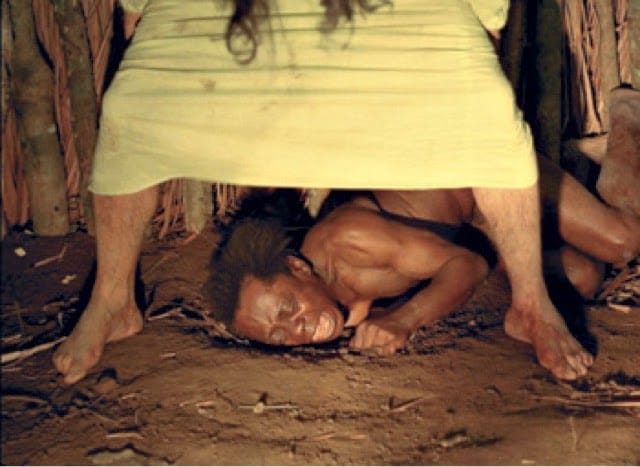
Macunaïma (Joaquim Pedro de Andrade, 1969)
March 22, 2010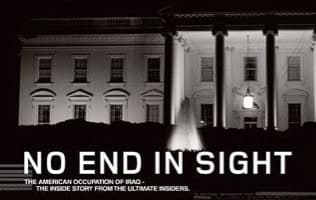
No End in Sight (Charles Ferguson, 2007)
March 23, 2010A reviewer compared City of God to Goodfellas (Martin Scorsese, 1990) and many parallels could be made between the two. As they both fall into the genre of gangster films, they depict violence in a raw, uninhibited way, in a realist fashion. City of God, with its documentary-style aesthetic—camera shakes, voice-over narration, etc., uses that realism to emphasize its story’s relevance. In that regard, the film owes a lot to the Italian Neo-realist movement, from its use of realism and non-actors—the inhabitants of the City of God were really recruited in Rio’s favelas—filming on location, and the importance accorded to improvisation. It portrays a young black photographer, Rocket, whose ticket to stardom was a gang war in his one of the city’s favelas. Contrary to Walter Salles’s Central Station, a producer on City of God, the film depicts a grittier, more disenfranchised Rio, of diverse ethnic background. Its reception around the world is a testament to the present state of Brazilian cinema.
City of God regrettably caters to an art-house crowd. Although it uses realist aesthetic, it sensationalizes the subject, trying to grant a sense of awe or amazement to such senseless violence. The filmmaker uses a stylized, commercial-like aesthetic, what Solanas and Getino called the bourgeois aesthetic, which enhances the film’s appeal but also serves to dampen any potential change in the spectator. Instead of being cathartic, its violence looks lurid and excessive. Can there be a change with such a construct? My opinion is drifting towards Solanas and Getino’s point-of view. To effectively shatter the chains of neocolonialism, cinema must become a potent weapon, capable of rallying the inactive masses of the Third World, not cater to the viewing public of the imperialist countries. In that regard, City of God falls short.
More info on IMDB
- Black Panther: A Perspective - March 20, 2018
- Seven Pounds (Gabriele Muccino, 2008) - May 5, 2015
- Honeymoon (Leigh Janiak, 2014) - January 30, 2015
